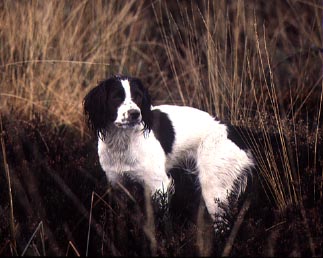Pedigree dog report discourages in-breeding
A new RSPCA report has suggested that pedigree dogs are not interbred with close family members in an effort to increase canine health standards


In-breeding causes serious welfare problems in pedigree dogs, says a new report from the RSPCA . It suggests that dogs should not be at all bred with close family members. The report, Pedigree Dog Breeding in the UK: A Major Welfare Concern, proposes a number of ways to safeguard pedigree dog welfare including introducing new genetic material into breeds.
The study comes after the BBC declared it would not be televising Crufts this year as animal welfare issues over in-breeding gave so much cause for concern. The Kennel Club has been looking into dog breeding rules and recently announced it will no longer register puppies whose parents are closely related, although their definition of close relative matings is between mother and son, father or daughter or brother and sister rather than the RSPCA recommendations which include grandparents and siblings.
Other suggestions from the report suggest studying the diseases all dogs suffer from, causes of death, as well as monitoring the effectiveness of any changes to breeding strategies.
RSPCA's chief veterinary adviser, Mark Evans said: ‘The RSPCA recognises that finding remedies for the many problems facing pedigree dogs is a difficult, complex challenge. But that isn't an excuse to shy away from it - the fact is pedigree dogs need our help and they need it now.'
Exquisite houses, the beauty of Nature, and how to get the most from your life, straight to your inbox.
